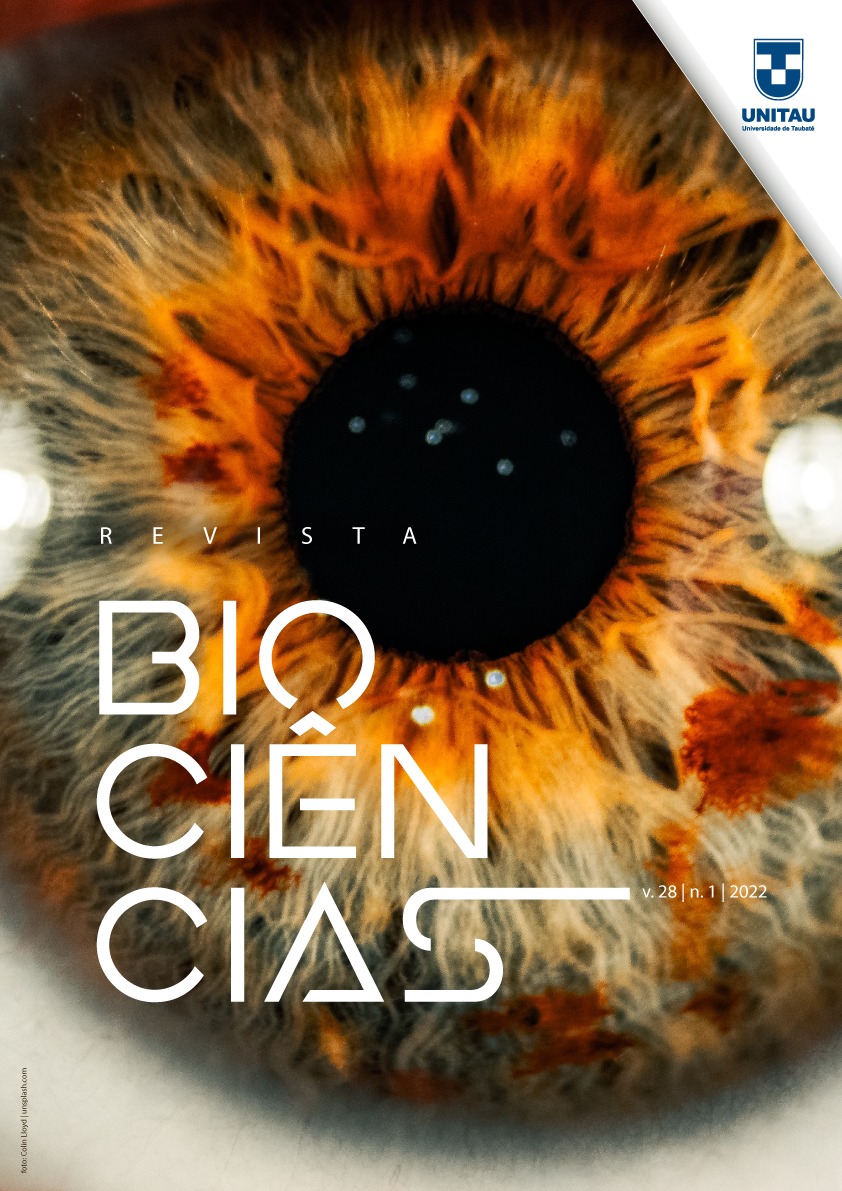Non- flying small mammals survey at the mouth of the Doce River, southeastern Brazil
Resumen
The small mammal fauna in the northern of the state of Espírito Santo (ES) is not well known, and no study has been carried out at the mouth of the Doce River. The Doce River runs through the northern region of ES state, southeastern Brazil, an area that lacks knowledge on small mammals. Herein, we present information obtained during a 25-year intermittent survey on non- flying small mammals on the north bank of the Doce River, and another on the south side. Samples were performed in five patches of Restinga, the Floresta National dos Goytacazes (FLONA) and two shaded cacao plantations. Cage traps, Sherman-like traps and suspended pitfalls were used to capture the small mammals. Four orders, 8 families, and 15 species were recorded. The marsupial Didelphis aurita was by far the most common species. One specimen from the order Lagomorpha (Sylvilagus tapetillus) and one from the order Primates (Callithrix geoffroyi) were also captured. The similarity between Floresta Nacional dos Goytacazes and the patches of Restinga reached 46%, and the cacao plantation on the area D showed low levels of similarity (8% and 29%) when compared with the preserved areas (patches of Restinga and FLONA). A low richness of rodents was observed, with the possibility of some species locally extinct by habitat loss and fragmentation.






